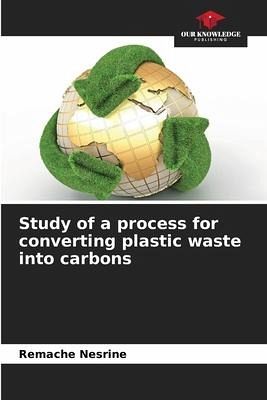
Study of a process for converting plastic waste into carbons
Versandkostenfrei!
Versandfertig in 6-10 Tagen
43,99 €
inkl. MwSt.

PAYBACK Punkte
22 °P sammeln!
Thermal degradation of plastic waste in an inert atmosphere is considered to be an efficient method of waste recovery, as this process is capable of converting plastic waste into hydrocarbons that can be used either as fuels or as a source of chemicals. In this work, low density polyethylene (LDPE) was chosen as the material for the pyrolysis process, characterized by MIF, DSC and ATG, and a simple semi-closed reactor was constructed and used for pyrolysis at a temperature above 350C. FTIR analysis of the pyrolytic oil resulting from LDPE pyrolysis shows the existence of hydrocarbons in the fo...
Thermal degradation of plastic waste in an inert atmosphere is considered to be an efficient method of waste recovery, as this process is capable of converting plastic waste into hydrocarbons that can be used either as fuels or as a source of chemicals. In this work, low density polyethylene (LDPE) was chosen as the material for the pyrolysis process, characterized by MIF, DSC and ATG, and a simple semi-closed reactor was constructed and used for pyrolysis at a temperature above 350C. FTIR analysis of the pyrolytic oil resulting from LDPE pyrolysis shows the existence of hydrocarbons in the form of alkanes and alkenes. Simulation of the thermal degradation process of plastic waste with the HYSYS simulator shows that the products obtained can be separated into different fractions (LPG, NAPHTAS, KEROSENE, HGO).












